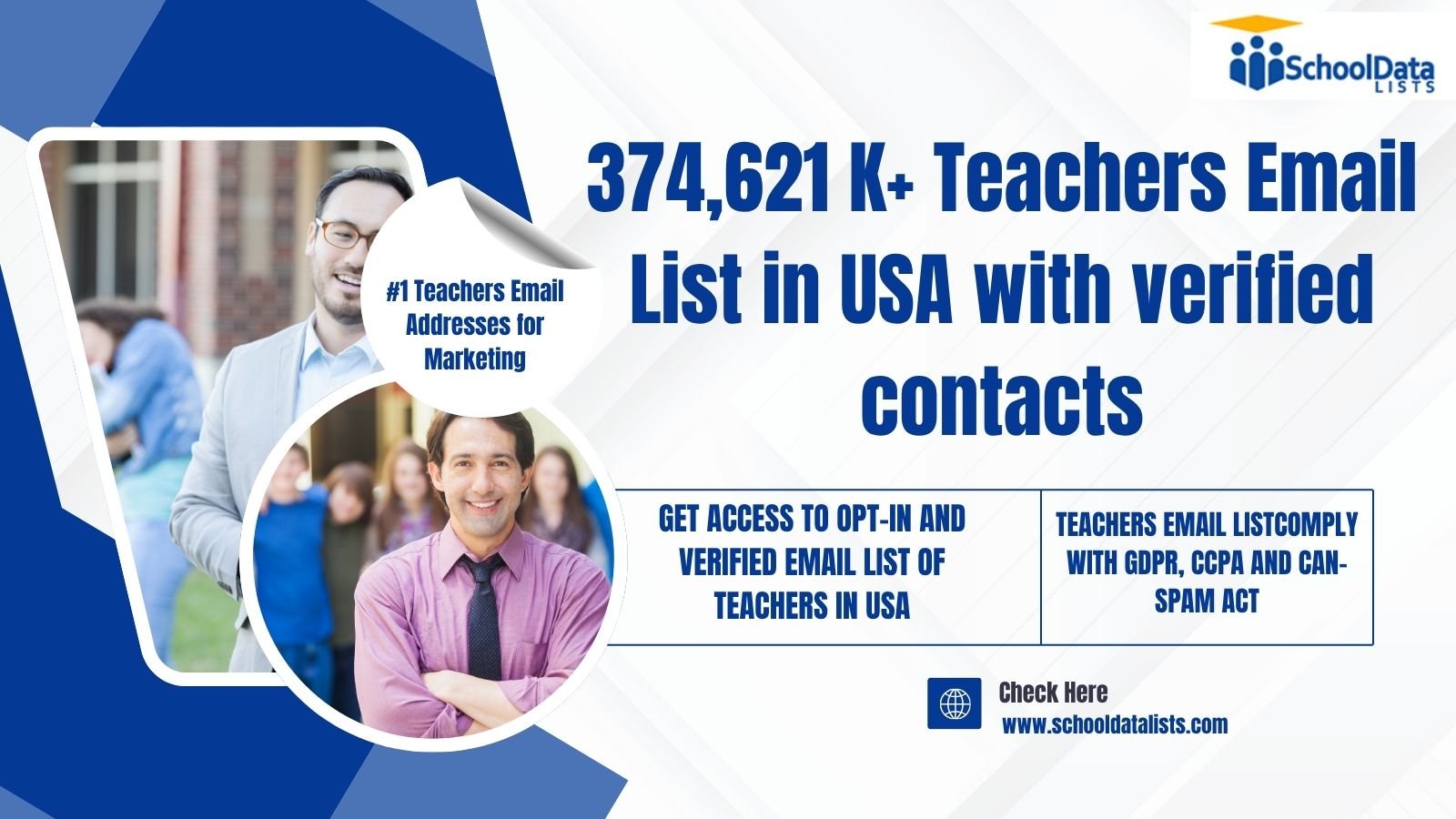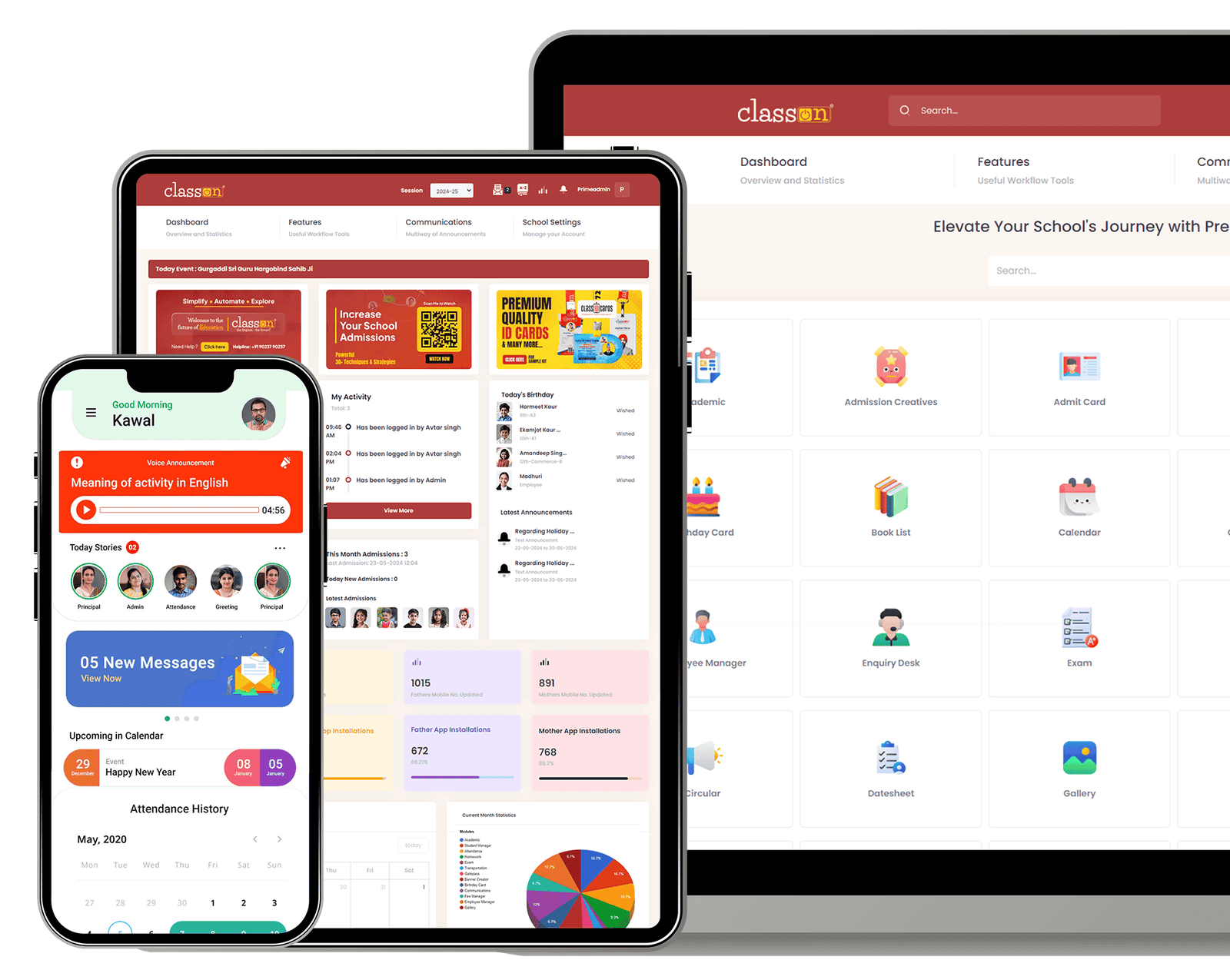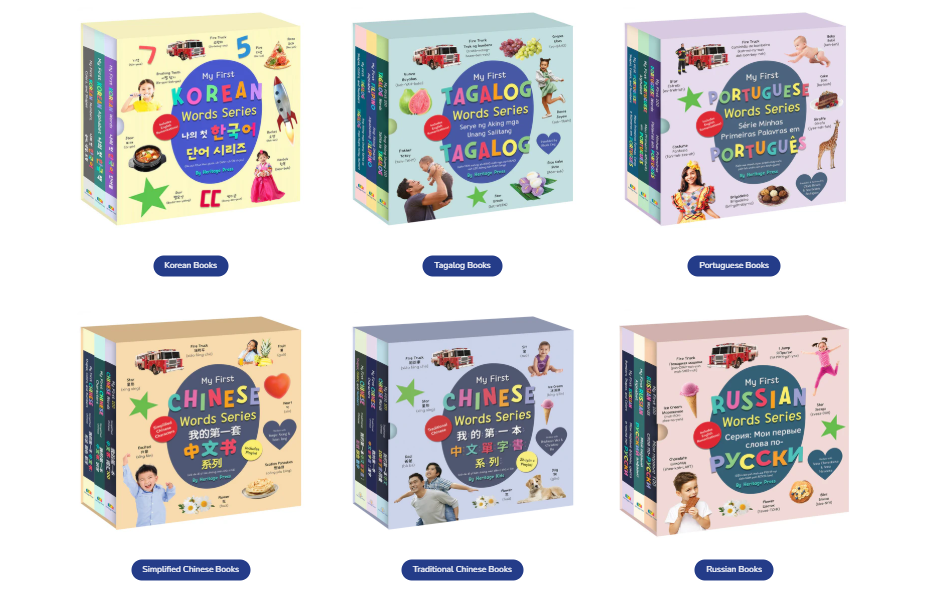In a world that’s constantly evolving, the way we nurture and educate our youngest learners is changing faster than ever. Parents and teachers alike are realizing that early learning goes beyond ABCs and 123s—it’s about fostering curiosity, empathy, creativity, and adaptability. As we step into 2025, the landscape of early childhood education reflects this broader, more holistic understanding of what it means to help children thrive.
One powerful shift is the expansion of Early Childhood Education Online, blending technology with traditional play-based methods to create more personalized and accessible learning experiences. But that’s just one piece of a larger story. Here are five emerging trends shaping the future of early education this year—and why they matter for every parent, teacher, and policymaker.
1. Personalized and Tech-Enhanced Learning
Gone are the days when technology in early classrooms was limited to alphabet games or digital flashcards. Today’s approach uses interactive tools, learning apps, and smart feedback systems to personalize each child’s experience. Educators can now track progress, identify strengths, and adjust teaching strategies in real time.
But technology isn’t replacing the hands-on magic of play—it’s enhancing it. Children might use a tablet to capture a photo of a science experiment they designed or record their voice retelling a story. This approach strengthens communication skills and gives teachers deeper insights into how each child learns best.
The focus is on balance: integrating tech that encourages creativity, problem-solving, and collaboration, while keeping real-world, tactile play at the heart of learning. The result is a classroom that’s both innovative and deeply human.
2. Emotional Intelligence and Mental Well-being
One of the most powerful transformations in 2025’s early education landscape is the rise of emotional learning as a core subject. Educators are now prioritizing mental health and emotional development as much as literacy and numeracy.
Classrooms often begin with activities like “emotion circles,” where children identify and discuss how they feel. Through storytelling, music, and art, they learn empathy, mindfulness, and self-regulation—skills proven to boost both happiness and academic success.
The focus on emotional intelligence is reshaping what “school readiness” means. It’s no longer just about learning to count; it’s about helping children feel confident, resilient, and connected. When young learners can name and manage their feelings, they’re better equipped to learn, grow, and build meaningful relationships for life.
3. Play-Based and Inquiry-Driven Classrooms
Play is no longer viewed as a break from learning—it is learning. Modern classrooms are becoming more open-ended and exploration-driven. Instead of rigid lessons, teachers now create “learning stations” filled with natural materials, building tools, and creative prompts that invite discovery.
In this setting, a child might explore how shadows change throughout the day, invent their own counting games, or write stories about their block constructions. Teachers act as guides—asking open-ended questions, observing behavior, and encouraging deeper thinking rather than providing ready-made answers.
This shift toward inquiry-based play allows children to develop critical thinking, imagination, and problem-solving skills naturally. It also respects the fact that every child learns differently, making room for individuality and creative growth.
4. Inclusion and Family-Centered Learning
In 2025, early education is becoming more inclusive and community-driven than ever before. Schools are recognizing that learning doesn’t stop at the classroom door—it thrives when families, educators, and communities work together.
Programs now emphasize cultural diversity, accessibility, and family participation. Classrooms celebrate multiple languages, traditions, and stories so every child feels seen and valued. Parents are invited to participate through digital updates, classroom visits, and shared learning activities at home.
This approach also includes supporting children of all abilities. Inclusive classrooms adapt materials, schedules, and teaching strategies to ensure that every child—regardless of background or ability—has an equal chance to learn and belong. The goal is to build environments that reflect the real world: diverse, supportive, and connected.
5. Empowered Educators and Evolving Workforces
Behind every successful early learning program is a team of passionate educators—and in 2025, their role is being redefined. Schools are investing more in professional development, mentorship, and mental well-being for teachers.
Educators now have access to digital tools that simplify administrative work, allowing more time for meaningful interactions with children. There’s also a growing recognition of the emotional demands of this profession. Programs are prioritizing work-life balance, mental health resources, and fair compensation to reduce burnout and improve retention.
When teachers feel supported, their classrooms thrive. Empowered educators create more joyful, stable environments where children feel safe to explore, express, and grow.
The Big Picture: The Future of Early Learning
These emerging trends paint an inspiring picture of what early childhood education looks like in 2025: a world where technology enhances rather than replaces human connection, where emotional intelligence is as valued as academic readiness, and where inclusion, curiosity, and creativity guide every decision.
For parents, this means choosing programs that nurture the whole child—mind, body, and heart. For educators, it’s an invitation to evolve, learn, and lead with empathy. And for society as a whole, it’s a reminder that the foundation for a better world begins not in college, but in the first few years of life.
The next generation of learners is growing up in classrooms that look and feel different—and that’s a good thing. Because when we invest in the earliest years with innovation, compassion, and intention, we’re not just teaching children—we’re shaping the future.















Leave a Reply